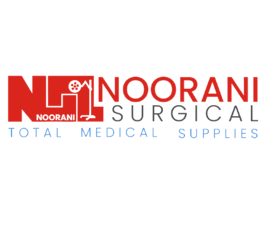Skin Cautery Machine
Cauterization (or cauterisation, or cautery) is a medical practice or technique of burning a part of a body to remove or close off a part of it. It destroys some tissue in an attempt to mitigate bleeding and damage, remove an undesired growth, or minimize other potential medical harm, such as infections when antibiotics are unavailable.[1]
The practice was once widespread for treatment of wounds. Its utility before the advent of antibiotics was said to be effective at more than one level:
- To prevent exsanguination
- To close amputations
Cautery was historically believed to prevent infection, but current research shows that cautery actually increases the risk for infection by causing more tissue damage and providing a more hospitable environment for bacterial growth.[2]
Actual cautery refers to the metal device, generally heated to a dull red glow, that a physician applies to produce blisters, to stop bleeding of a blood vessel, and for other similar purposes.[3]
The main forms of cauterization used today in the first world are electrocautery and chemical cautery—both are, for example, prevalent in the removal of unsightly warts. Cautery can also mean the branding of a human, either recreational or forced.
Cauterization was used to stop heavy bleeding, especially during amputation. The procedure was simple: a piece of metal was heated over fire and applied to the wound. This caused tissues and blood to heat rapidly to extreme temperatures, causing coagulation of the blood and thus controlling the bleeding, at the cost of extensive tissue damage.
Cauterization was a common treatment in the Middle Ages, sometimes unintentionally as with Saint Hubert’s Key.
Cautery is described in the Hippocratic Corpus.[4] Abu Al-Qasim Al-Zahrawi developed techniques and instruments for cauterization and described them in his book Al-Tasrif and these continued to influence medical world for five centuries. The cautery was employed for almost every possible purpose in ancient times: as a counter-irritant, as a haemostatic, as a bloodless knife, as a means of destroying tumours, etc.[5] Later, special medical instruments called cauters were used to cauterize arteries. The technique of ligature of the arteries as an alternative to cauterization was later improved and used more effectively by Ambroise Paré.







Reviews
There are no reviews yet.